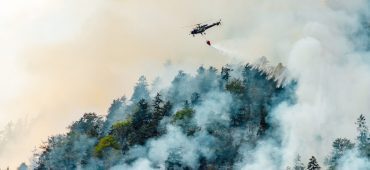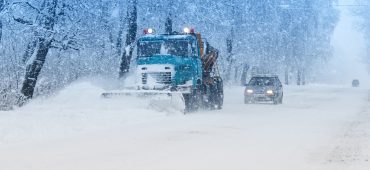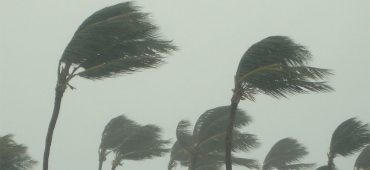
Natural disasters are on the rise—don’t wait to communicate
2017 saw the most damaging disasters on record, costing an estimated $306 billion. With 16 separate disasters in a single calendar year including floods, wildfires, hurricanes, blackouts, high temperature records, requests for federal disaster relief increased tenfold from the previous year.
With projections of severe weather likely to increase year over year, families can’t afford to “wait and see” about disaster preparation, especially disaster communication plans.
FEMA (Federal Emergency Management Agency) recommends families create communication plans to help stay in touch and share instructions in the event of an emergency. Try these three steps to help you get started.
Collecting Contact Information
Your access to contact information may be limited during a disaster. In fact, most people rely on their cell phones instead of memorizing phone numbers, causing problems if a phone is lost or destroyed during an emergency.
The first step is to identify the people you’ll need to contact in an emergency, and then gather their contact information. Of course that may include family and friends, but don’t forget about work contacts and professional advisors like your attorney, financial advisor, insurance agent, etc. Once you have your list, compile contacts’ email and phone numbers at minimum.
Creating Instructions
It’s important to sit down with your immediate family and discuss what should happen if a disaster strikes. What items should everyone be prepared to bring? Where should you meet if you’re separated? If you can’t reach each other, who else can you call to let them know you’re okay?
Another consideration is creating instructions for contacts that may not be affected by the emergency but can help you get back on your feet. If a fire ravages your neighborhood, what can your attorney or insurance agent help you with? Who might be able to take care of your pets while you’re in temporary housing?
Creating and sharing these instructions with trusted contacts can help you rest assured that things are taken care of as much as possible until you’re back on your feet.
Sharing Your Contacts
Chances are your family may need to get ahold of your contacts if something happens to you during a disaster. If you’re hospitalized, your family may need to
contact your manager or co-worker or get in touch with your financial advisor or attorney with questions. Share your contact list with your loved ones so they can rely on the people you trust, especially if you’re unable to communicate. Consider providing a hard copy and digital access to ensure family members have access under any circumstances.
Compiling and sharing contact information and instructions gives friends and loved ones meaningful ways to help you get back on your feet. It also helps anyone in your family who may also be affected by the disaster know who to trust for answers and support if you’re unable to communicate, giving everyone greater peace of mind.
————-
About LifeExec
LifeExec is an online life management web application designed to help you and your family communicate during and after a natural disaster with automated emergency communication plans. To learn more and get a free 30-day trial, visit www.lifeexec.com.





